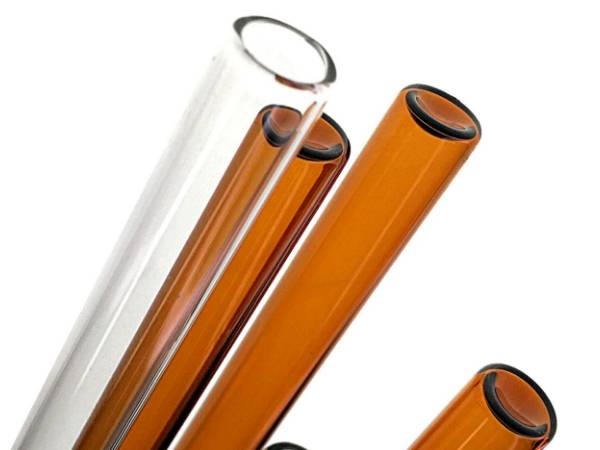
Pharmaceutical glass tube plays a major role in the manufacturing process of pharmaceutical parental containers

Pharmaceutical glass tube commonly refers to tubes made from neutral borosilicate glass with a coefficient of mean linear thermal expansion of 5.0. Generally, it has exceptional chemical stability and high heat resistance to thermal shock and sudden temperature change. It is typically used as a raw material by the pharmaceutical packaging companies to manufacture primary packaging products and plays a major role in the manufacturing process of pharmaceutical parental containers.

Pharmaceutical glass tube plays a major role in the manufacturing process of pharmaceutical parental containers
Features
| SiO2 | B2O3 | Na2O | BaO | CaO | AI2O3 | |
| 73 | 10 | 7 | 2 | 1 | 6 | |
| Physical properties | ||||||
|---|---|---|---|---|---|---|
| Coefficient of mean linear thermal expansion at (20 °C; 300 °C) acc. to ISO 7991 | 4.9 × 10-6 K-1 | |||||
| Transformation temperature Tg | 515 °C | |||||
| Glass temperature at annealing point logη=13 | 535 °C | |||||
| Glass temperature at soft point logη=7.6 | 783 °C | |||||
| Glass temperature at working point logη=4 | 1020 °C | |||||
| Density p at 25 °C | 2.32 g/cm3 | |||||
| Chemical properties | ||||||
| Hydrolytic resistance | Class | |||||
| Acc. to ISO 719 | HGB1 | |||||
| Acc. to USP 25 | Type I | |||||
| Acid resistance | A I | |||||
| Alkali reistance | A2 | |||||
Limit Values in the Hydrolytic Resistance Grains Test (Boiling Water Test)
| Class | Consumption of hydrolytic acid solution (4.2) per gram of glass grains (ml/g) | Equivalent of alkali expressed as mass of sodium oxide (Na2O) per gram of glass grains (μg/g) |
|---|---|---|
| HGB1 | Up to and including 0.10 | Up to and including 31 |
| HGB2 | From 0.10 up to and including 0.20 | From 31 up to and including 62 |
| HGB3 | From 0.20 up to and including 0.85 | From 62 up to and including 264 |
| HGB4 | From 0.85 up to and including 2.0 | From 264 up to and including 620 |
| HGB5 | From 2.0 up to and including 3.5 | From 620 up to and including 1085 |
| Notes: "HGB" stands for the hydrolytic resistance of glass grains according to the boiling water test method. | ||
Benefits
Specification
Limit Values in the Hydrolytic Resistance Grains Test (Boiling Water Test)
| Outside Diameter Range (mm) | Wall Thickness Range (mm) | Outside Diameter Tolerance (mm) | Wall Thickness Tolerance (mm) |
|---|---|---|---|
| 6.0–8.9 | 0.60–0.95 | ±0.15 | ±0.03 |
| 1.00–1.15 | ±0.15 | ±0.04 | |
| 1.20–1.40 | ±0.20 | ±0.04 | |
| 9.0–13.5 | 0.50–0.55 | ±0.13 | ±0.02 |
| 0.60–1.00 | ±0.15 | ±0.03 | |
| 1.05–1.35 | ±0.20 | ±0.04 | |
| 1.40–1.50 | ±0.25 | ±0.05 | |
| 13.6–15.5 | 0.50–0.55 | ±0.13 | ±0.02 |
| 0.60–1.00 | ±0.18 | ±0.03 | |
| 1.10–1.35 | ±0.20 | ±0.04 | |
| 1.40–1.50 | ±0.25 | ±0.05 | |
| 15.6–19.9 | 0.50–0.60 | ±0.15 | ±0.03 |
| 0.65–1.35 | ±0.20 | ±0.04 | |
| 1.40–1.60 | ±0.30 | ±0.05 | |
| 20.0–23.5 | 0.55–1.20 | ±0.20 | ±0.04 |
| 1.25–1.35 | ±0.24 | ±0.05 | |
| 1.40–1.60 | ±0.30 | ±0.06 | |
| 23.6–24.9 | 0.55–1.05 | ±0.20 | ±0.04 |
| 1.10–1.35 | ±0.24 | ±0.05 | |
| 1.40–1.60 | ±0.30 | ±0.06 | |
| 25.0–28.0 | 0.55–0.65 | ±0.25 | ±0.04 |
| 1.10–1.35 | ±0.25 | ±0.05 | |
| 1.40–1.60 | ±0.30 | ±0.06 | |
| 28.1–29.9 | 0.55–1.05 | ±0.25 | ±0.04 |
| 1.10–1.35 | ±0.25 | ±0.05 | |
| 1.40–1.60 | ±0.30 | ±0.06 | |
| 30.0–32.0 | 1.00–1.35 | ±0.30 | ±0.05 |
| 1.40–1.50 | ±0.40 | ±0.08 |
Application
Pharmaceutical glass tubes are commonly used to produce high-quality vials, ampoules and cartridges for the primary pharmaceutical packaging made of neutral borosilicate glass.
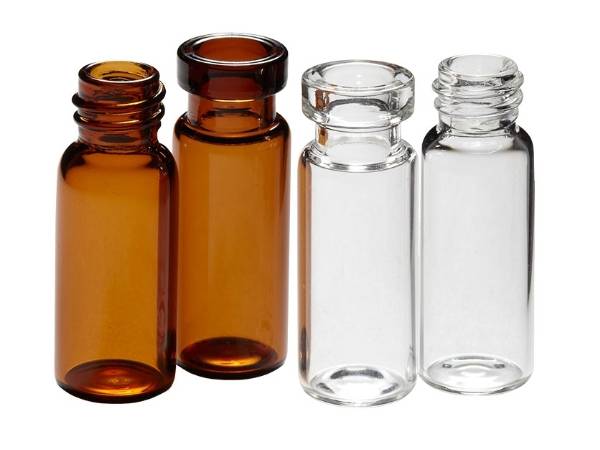
Glass vials made of pharmaceutical glass tubes
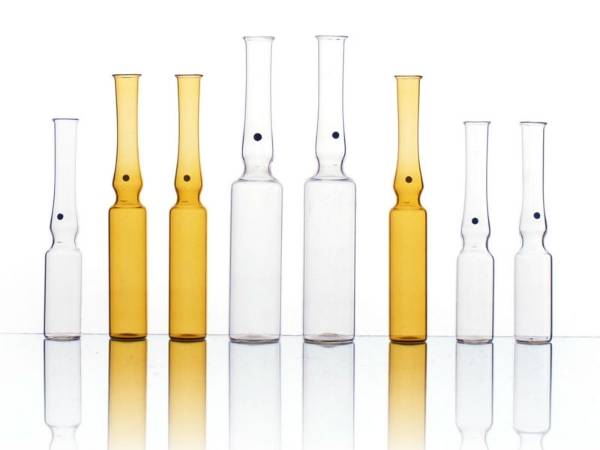
Glass ampoules made of pharmaceutical glass tubes.
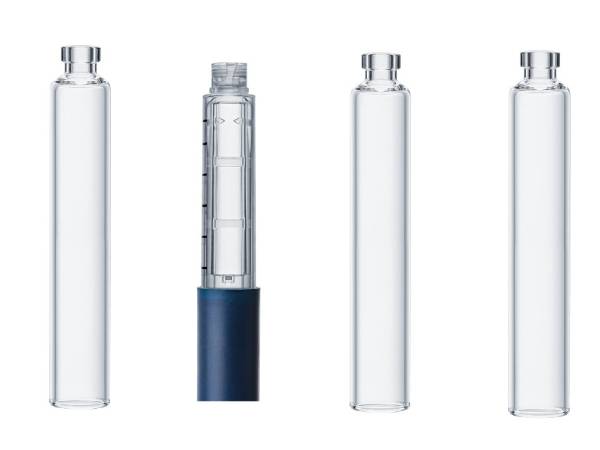
Glass cartridges made of pharmaceutical glass tubes
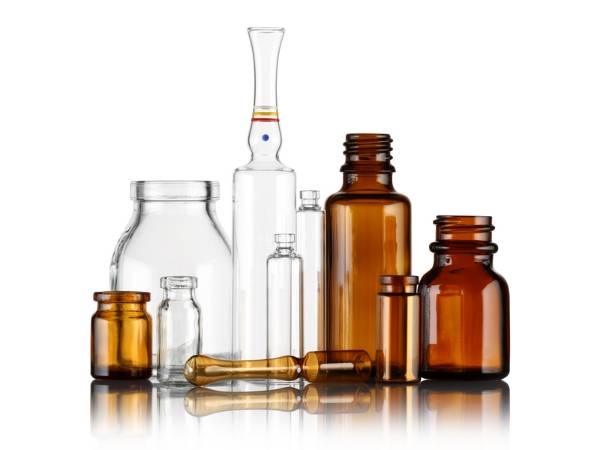
Various glass containers made of pharmaceutical glass tubes.